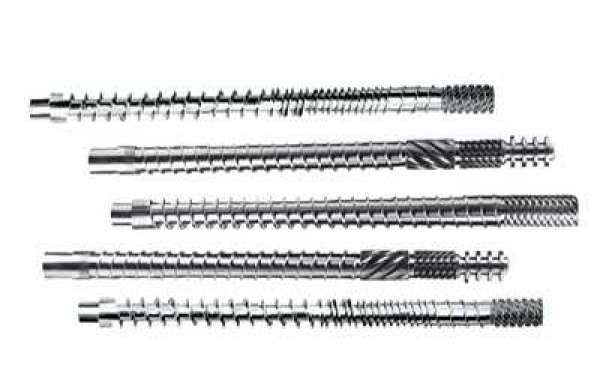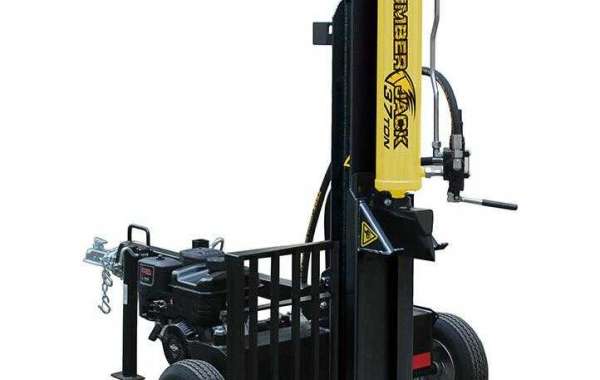Rubber Project
Unlike Bimetallic Screw Barrel , manufacturing rubber parts using the injection molding process is a complex task. How will rubber enter, fill and cool the cavity? How to minimize stress? How will the final part be used?
Following some of the basic rules of rubber injection molding will make the parts easy to manufacture and ultimately successful in application-understanding these rules is the first step for you to become an expert in rubber injection molding.
Understanding the process
Injection molding—a more complex process than compression molding or transfer molding—is used in a variety of applications. It can be used to produce very small parts to entire car body panels.
In the rubber injection molding process, uncured rubber is extracted into the machine using a screw feeder system. The screw feeder receives the exact amount (or shot size) of material required to create the required number of parts.
The rubber enters the heating barrel from the hopper, and the material is slowly pushed into the heating chamber by the Rubber Screw Barrel plunger. The material is then preheated to allow the material to flow through the gate and runner system to evenly fill the desired cavity. The mold is kept at a set temperature to solidify after filling. When the material reaches a cured state, the mold will open and the parts can be removed from the mold manually or using a brush system.
Rubber injection mould
Why do rubber injection molding?
The cycle time of rubber injection molding to produce parts is faster than compression molding or transfer molding.
Eliminates the secondary need for prefabricated parts to make complete parts. This is usually a labor-intensive step and may affect the finished product by changing the weight and shape of the preform.
Rubber injection molding can produce customized shapes with very little burrs or rubber waste.
Improved the versatility of the hardness range, from Shore A 90 to Shore A 40.
The material is preheated before being forced into the cavity. This reduces the viscosity of the material, making it easier to flow into the cavity.
Things to remember
Although this process may have several benefits, there are also some disadvantages to keep in mind. Compared with other molding processes, rubber injection molding may have a higher initial start-up cost. For the runner system of the machine, tool modification is also very difficult. In rubber injection molding, materials are also limited to high-fluidity compounds.
Common problems of rubber injection molding
Since rubber injection molding is a complex technology, the process may cause production problems caused by mold or part processing defects.
The following are things to note:
flash. Flash refers to an ultra-thin layer of material that exceeds the geometry of the normal part. This may be caused by damaged tools, too fast injection speed, or too low clamping force.
Short shot (or non-filled). Due to changes in raw materials, short shots or some parts may appear in the final product. To avoid this, make sure that there is enough material, proper injection speed, and high enough pressure to fill the entire part.
Foreign particles. These may include burning materials or additional materials embedded in the part. Be careful of particles on the surface of the tool, foreign objects in the barrel, or excessive heat that burns off the material before injection.
Warped. During this process, the parts are sometimes twisted or distorted. This happens when the cooling time is too short, the material is too hot, or the temperature setting is incorrect.
Gap. Sometimes you may find empty spaces or air pockets in the mold. To avoid this, make sure to maintain sufficient pressure during the holding time to fill the part. Also, make sure that the thickness around the part wall is the same.








